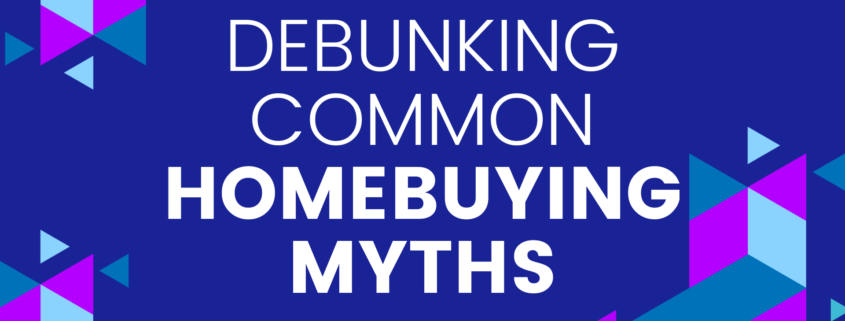Debunking Common Homebuying Myths
When purchasing a home, there are many things that come into consideration, however, some of the most common things that you might hear about purchasing a home might not tell you everything you need to know about purchasing a home. Here are some common myths you may hear about when purchasing a home and the real story behind them.
You need to put down a 20% down payment.
While it is true that a larger down payment can sometimes lead to a lower mortgage rate, it is not always necessary to put down a large amount of money. There are several programs available that allow homebuyers to put down as little as 3% or even 0% of the purchase price. In fact, the average first-time homebuyer puts down 7% on their home.
You need high credit to qualify for a mortgage.
Credit scores are a vital part of getting approved for a loan to buy a home. The better your credit score, the better your loan terms will be, although, you can get a mortgage with a lower credit score as low as 580.
You need a 20% down payment to avoid private mortgage insurance (PMI).
PMI is insurance that protects a lender if the borrower defaults on their mortgage. While it is true that a down payment of 20% or more will typically allow you to avoid PMI, it is not the only way. Some lenders offer programs that allow homebuyers to avoid PMI with a smaller down payment, or even with no down payment at all. Make sure to shop around for a loan, and ask them about PMI.
A REALTOR® isn’t necessary.
While it is possible to buy a home without a REALTOR®, it can be a complicated and time-consuming process. A REALTOR® can help you navigate the process, negotiate on your behalf and provide valuable insight and advice. Here is a list of ways using a REALTOR® will help make your transaction easier.




